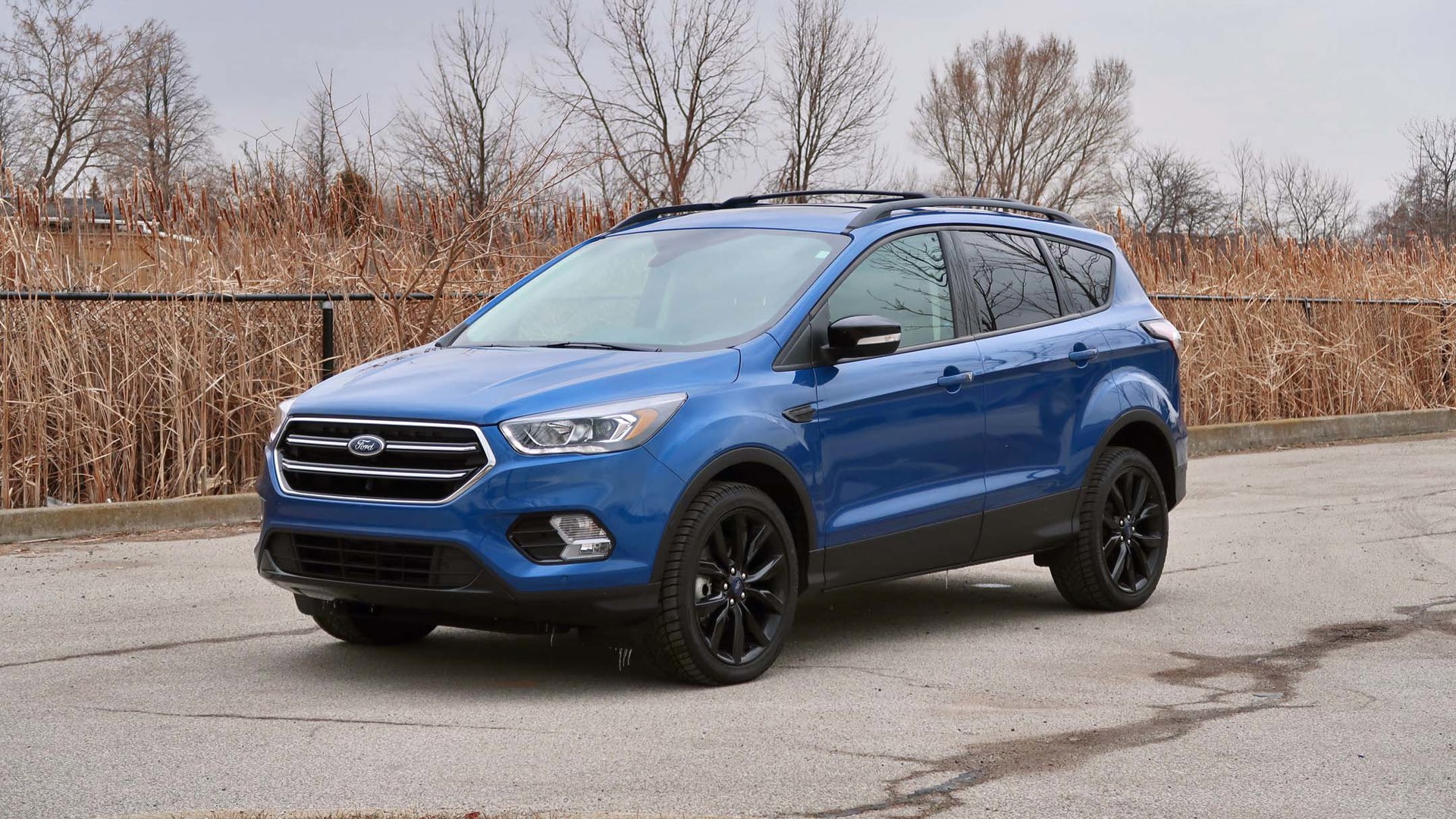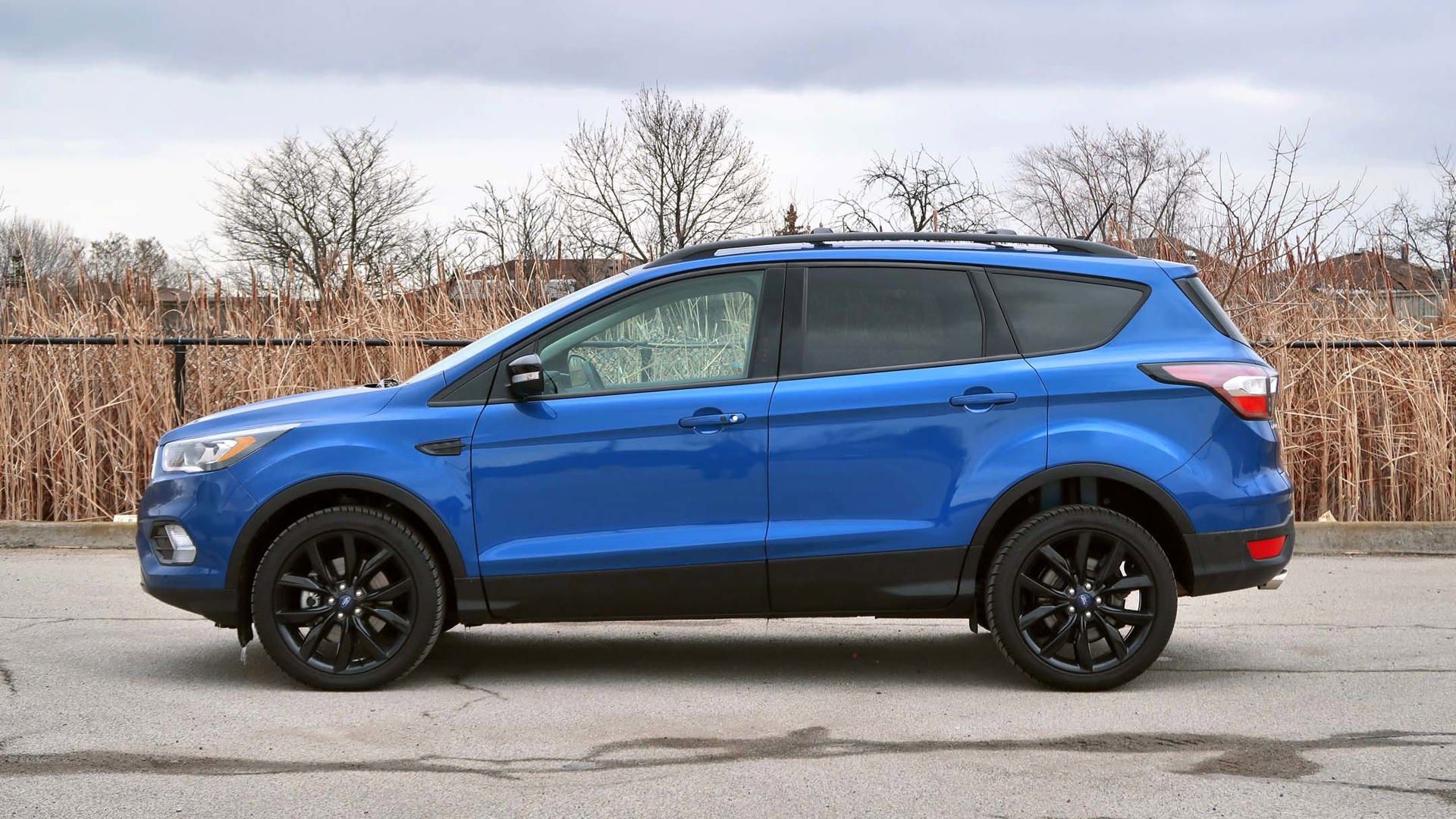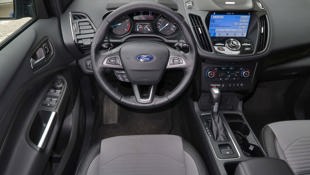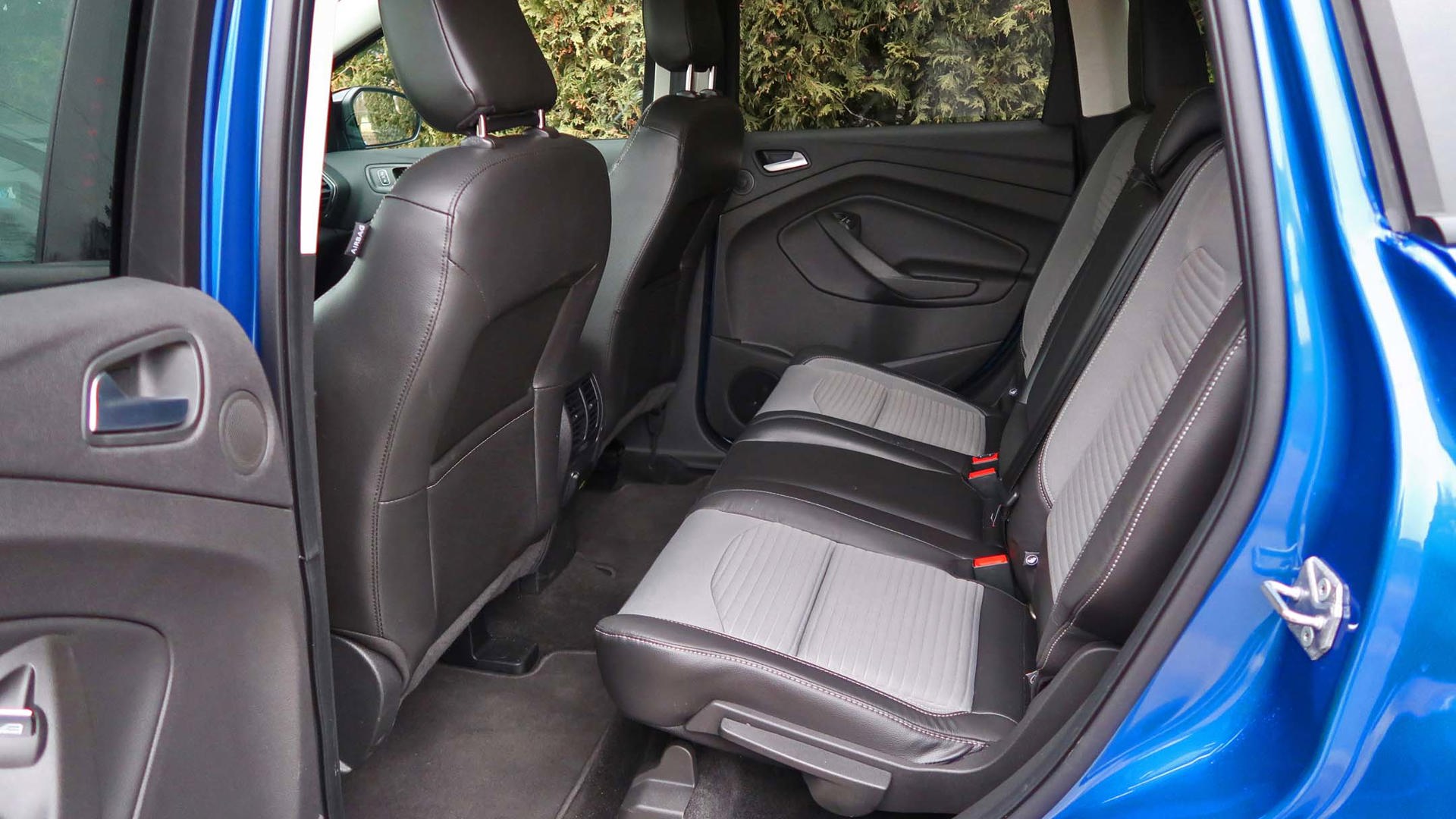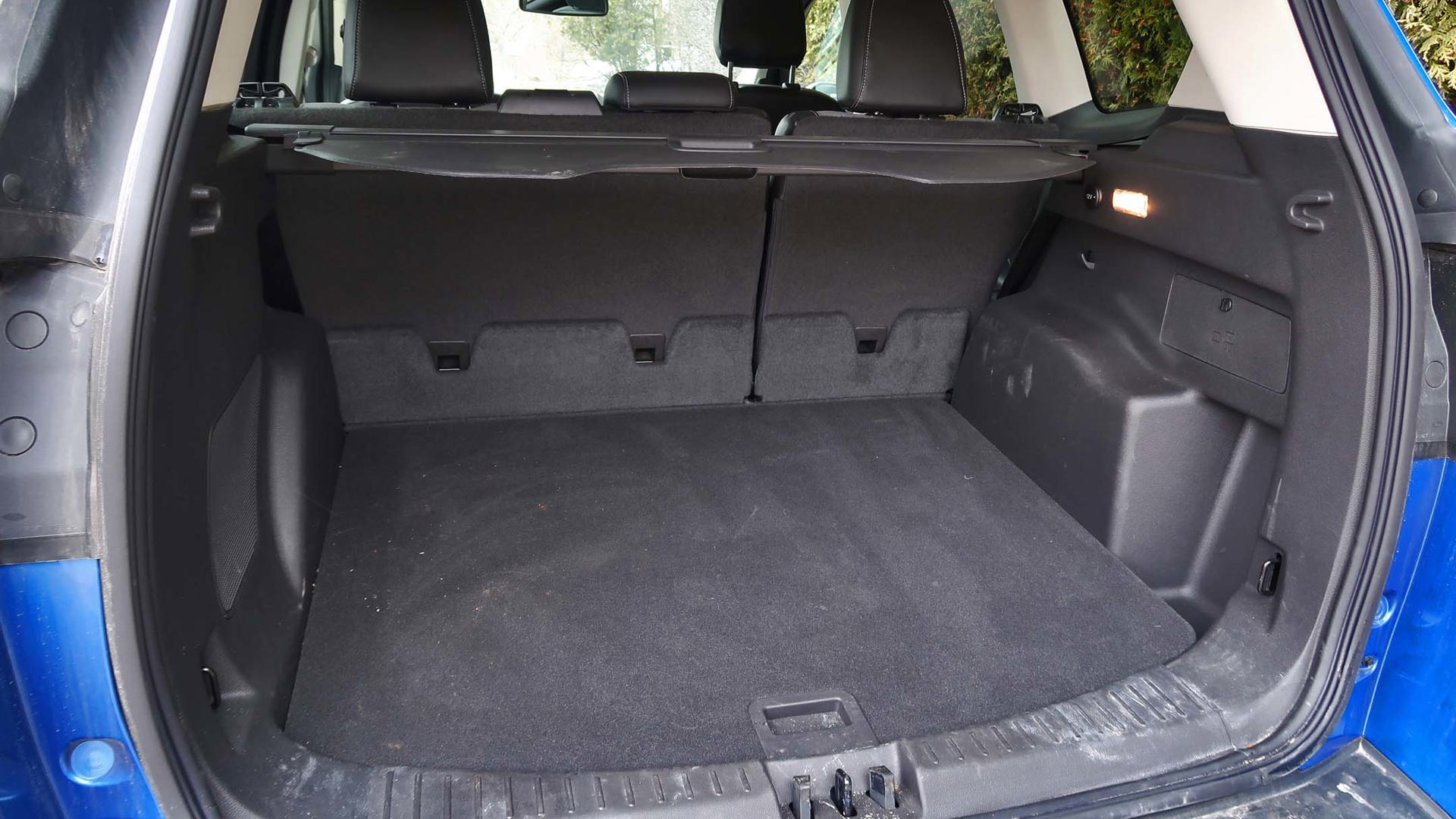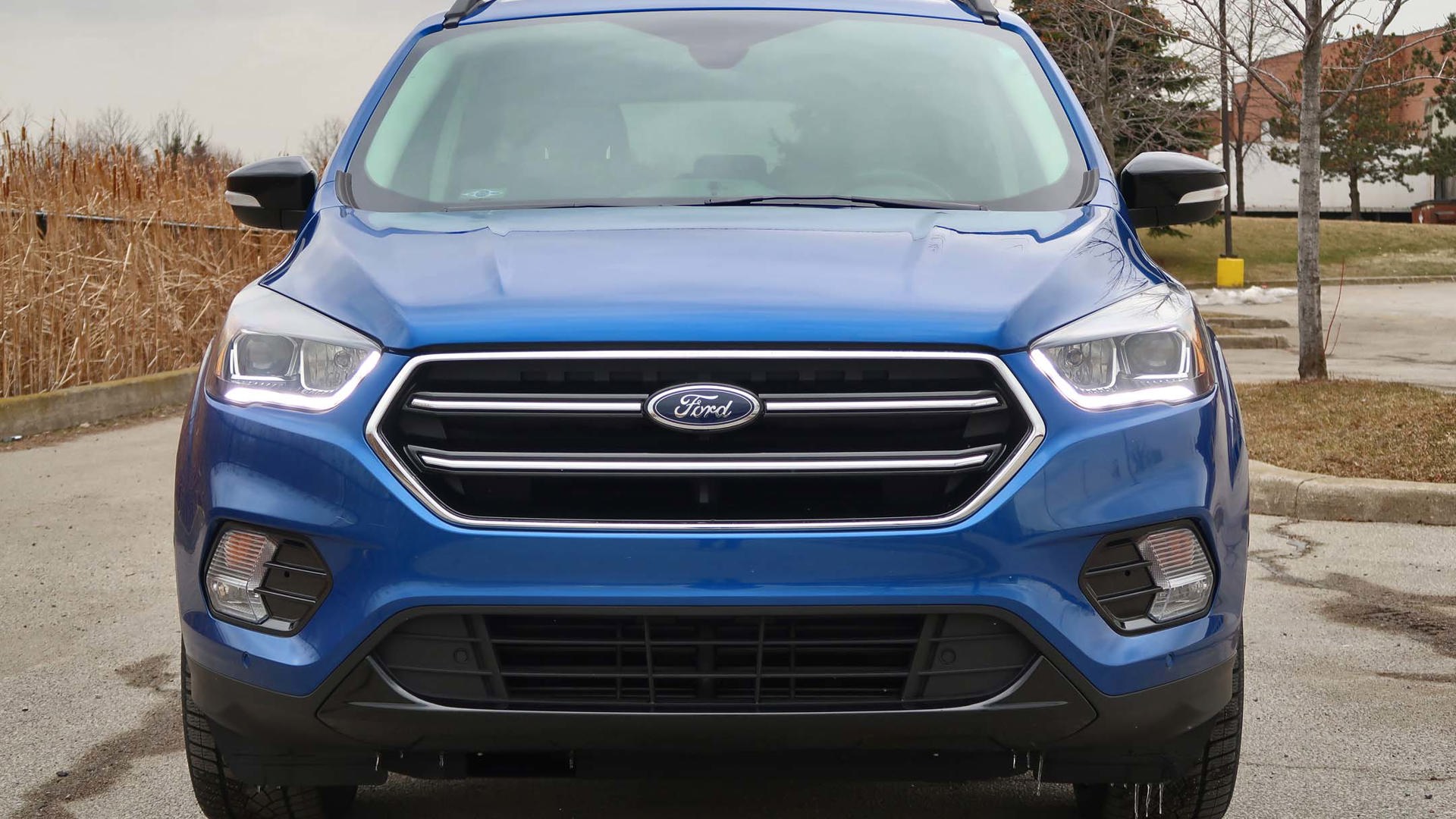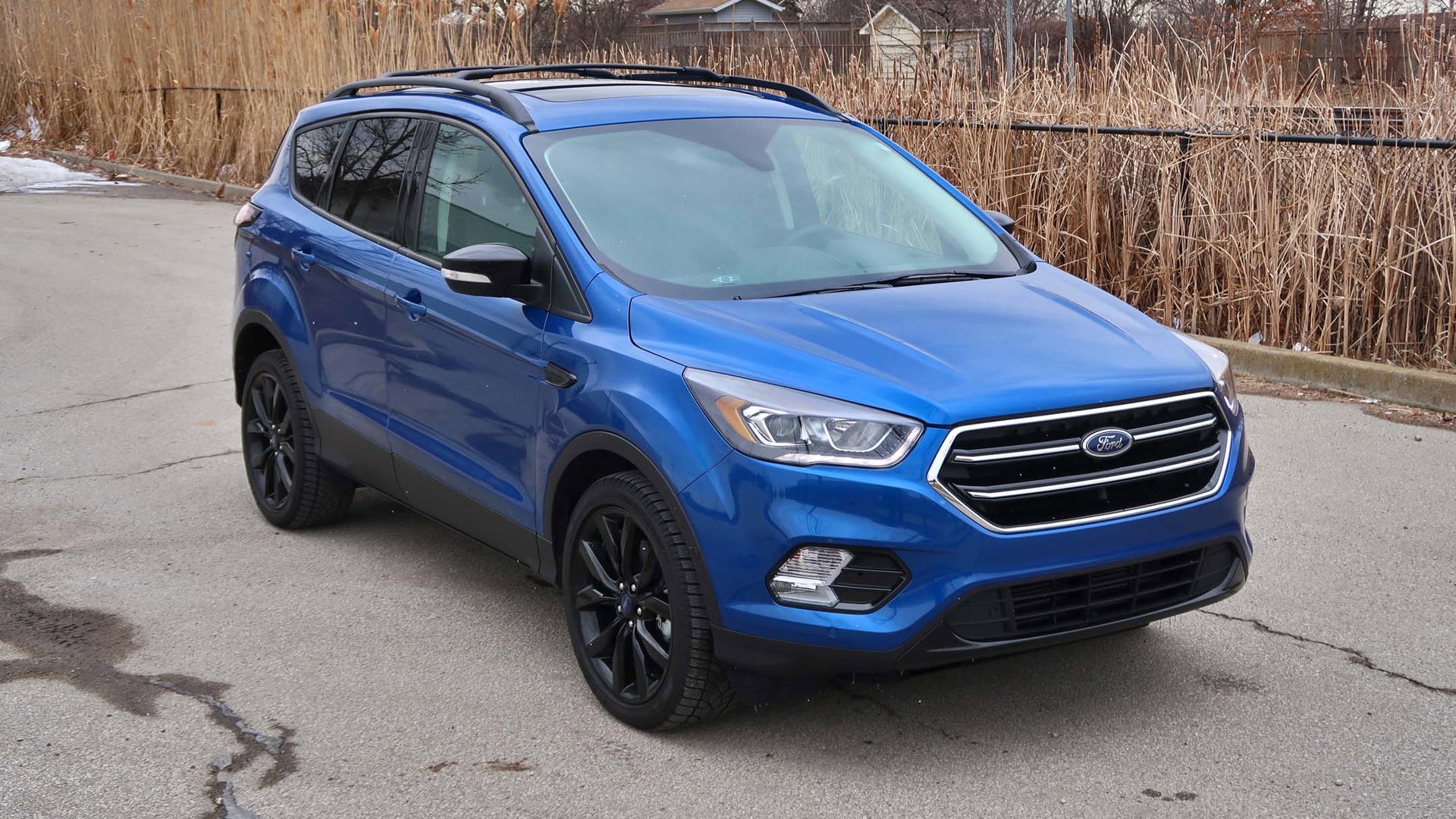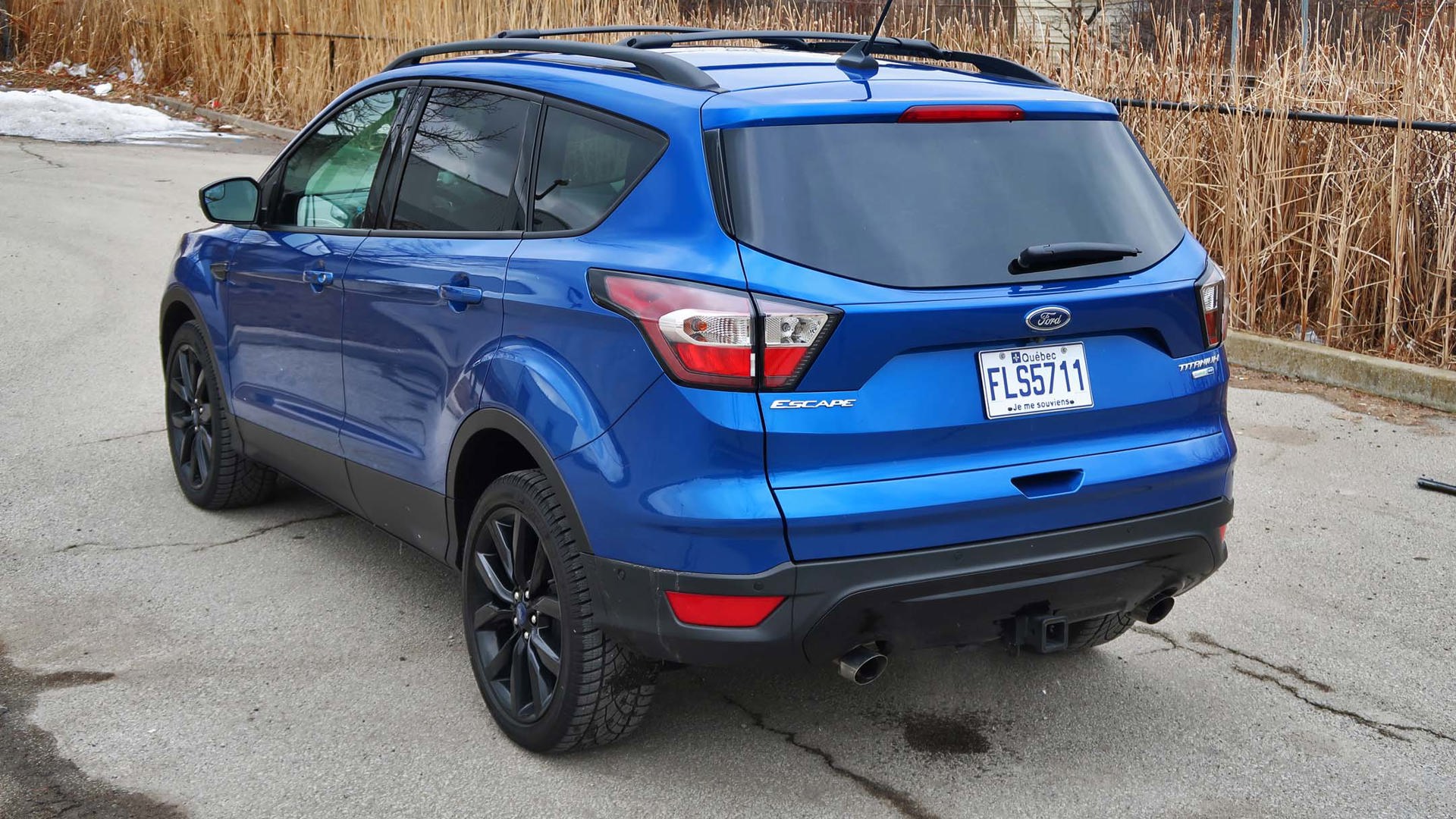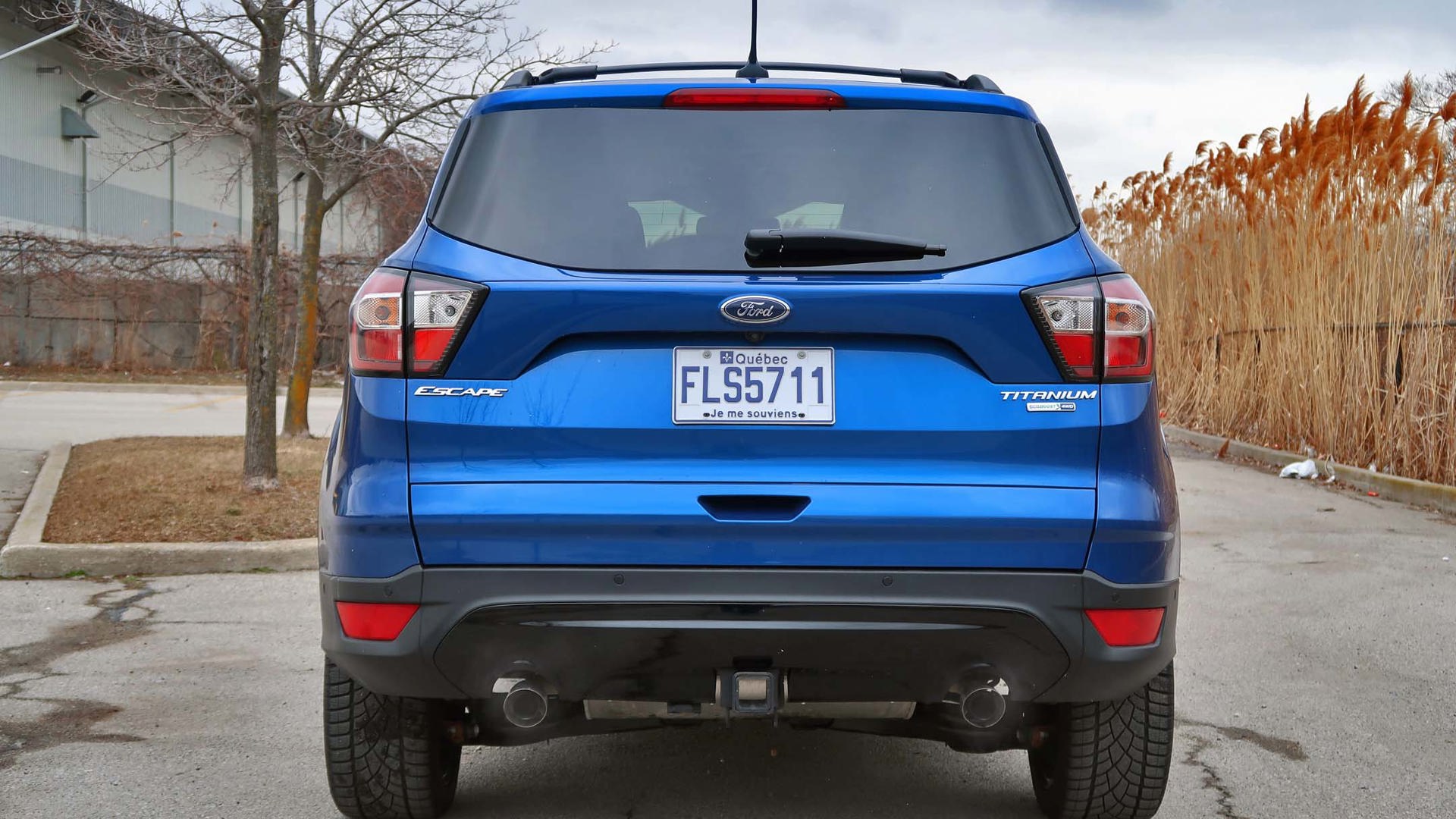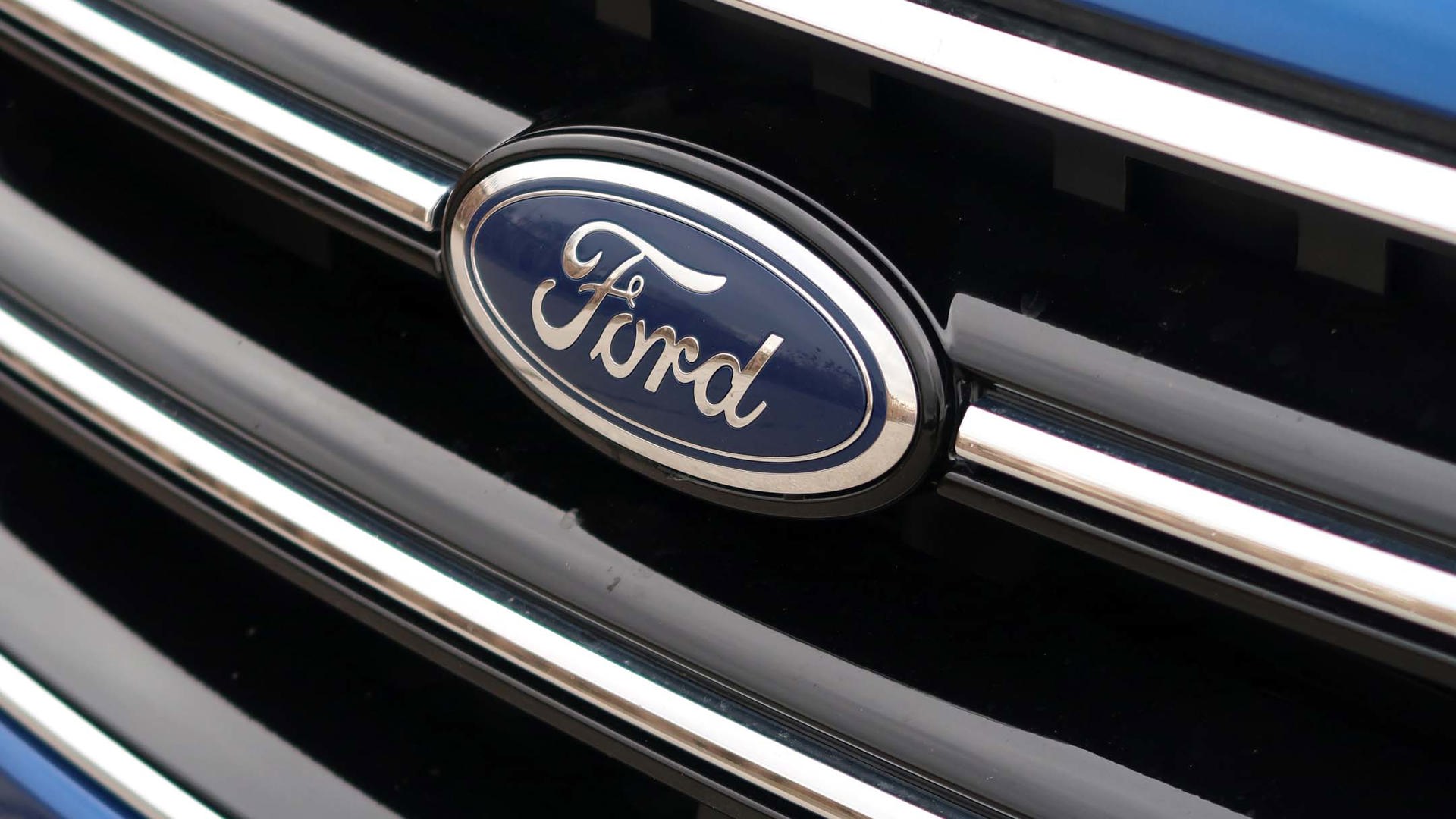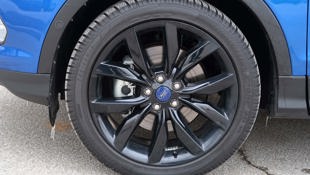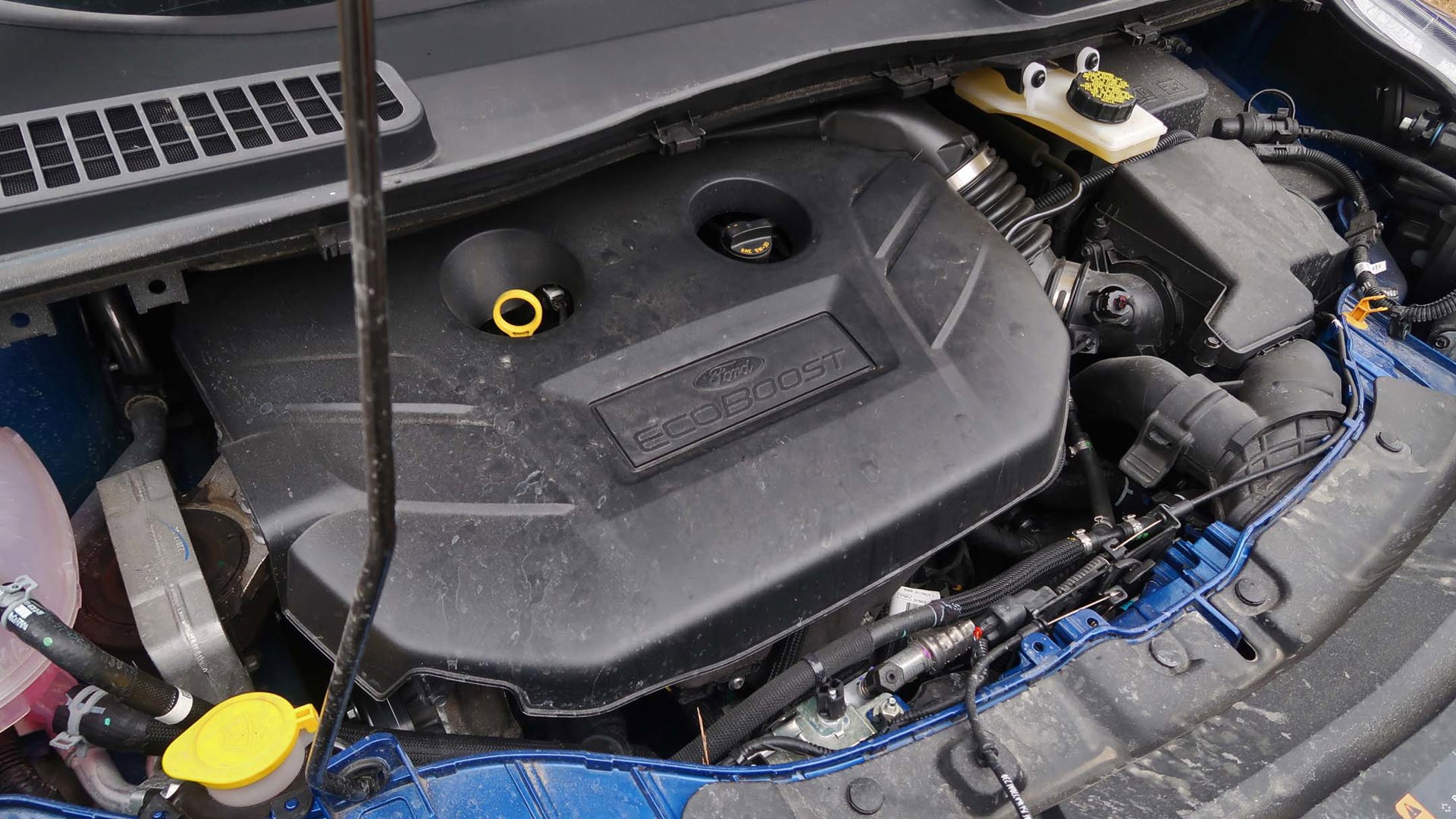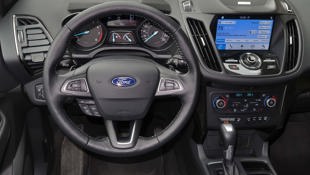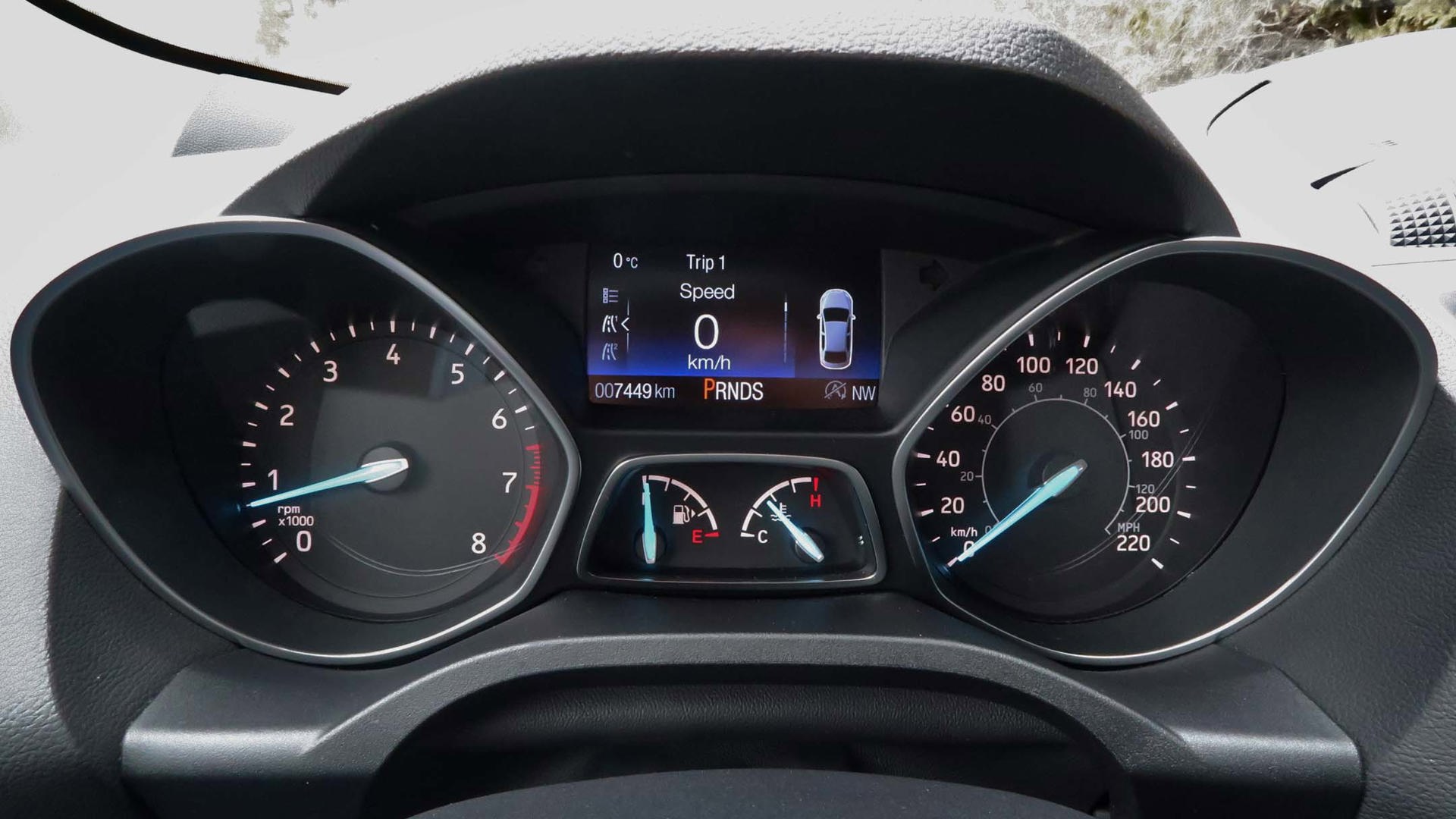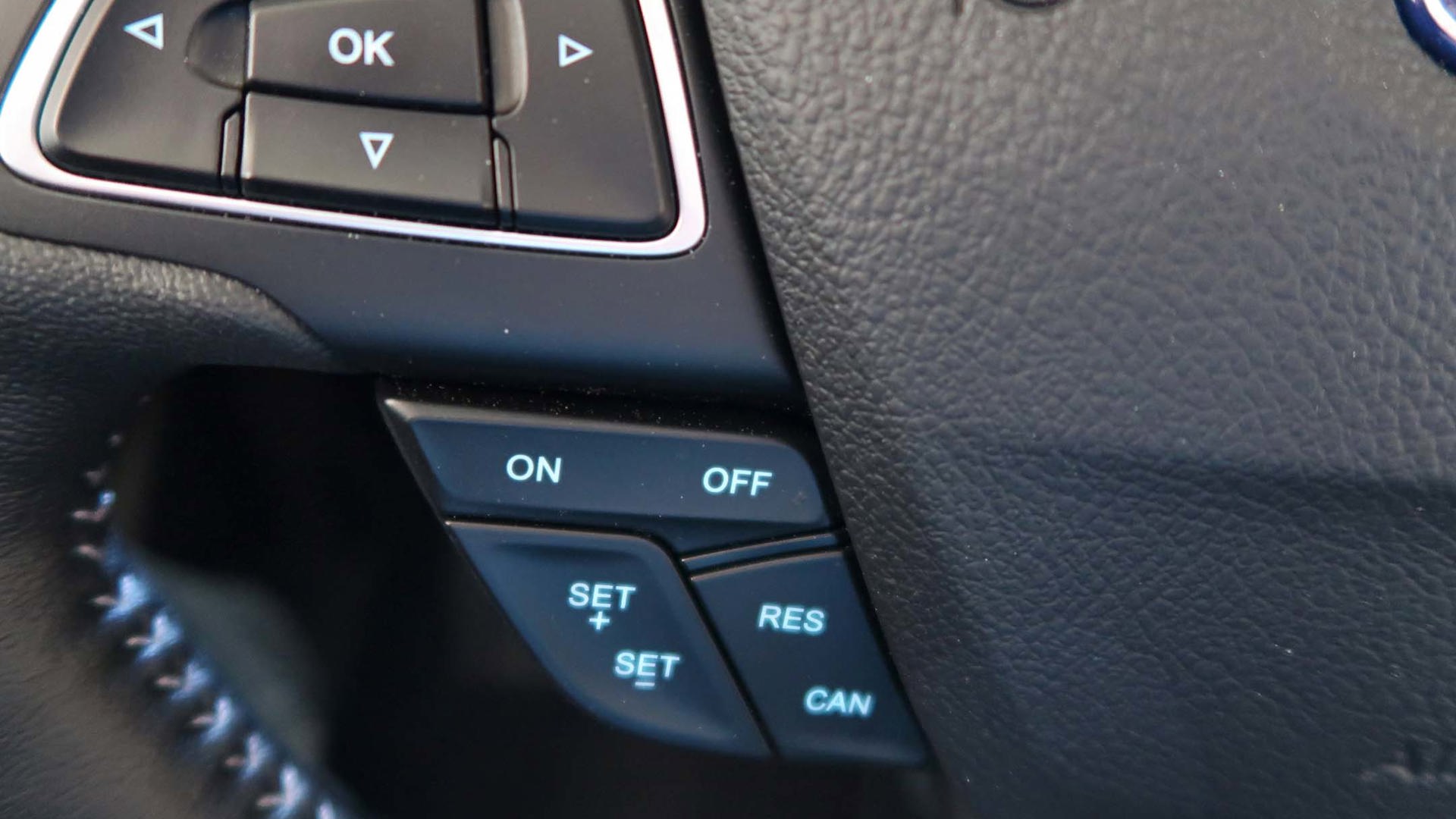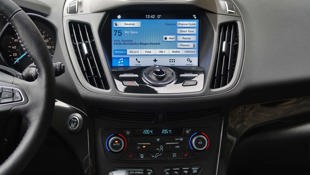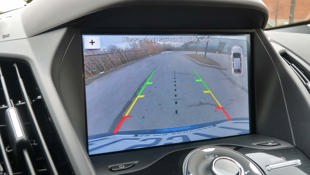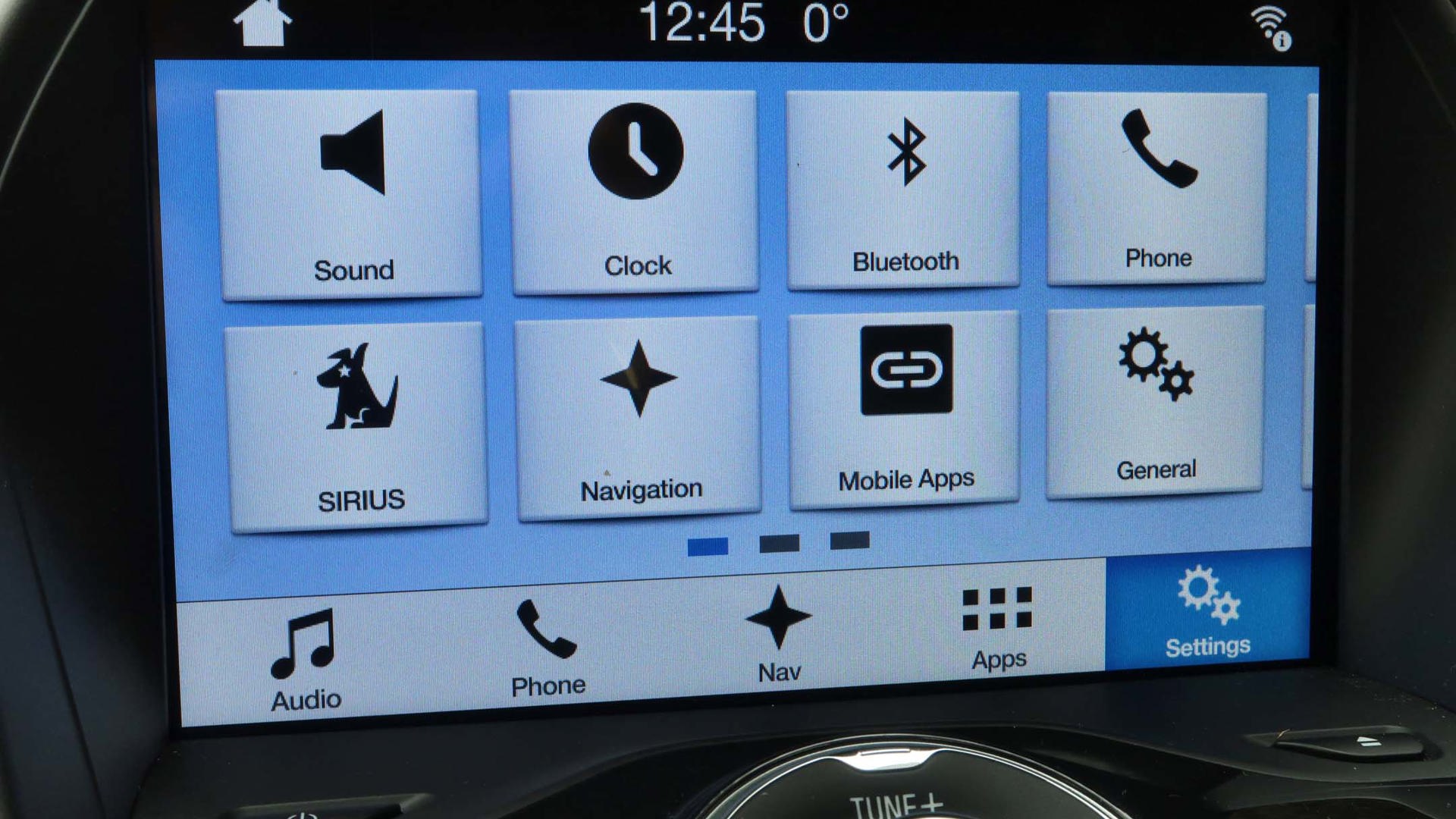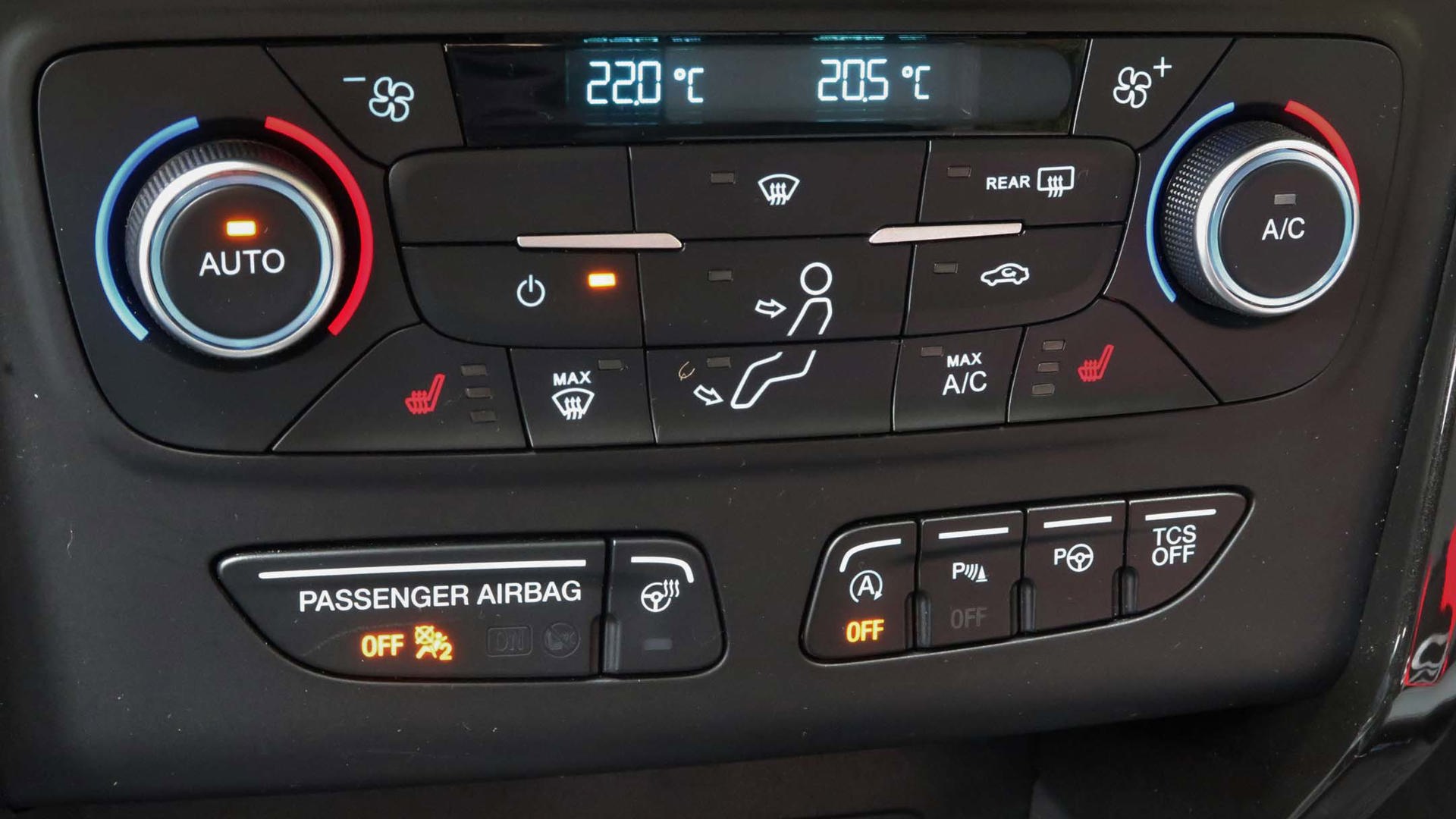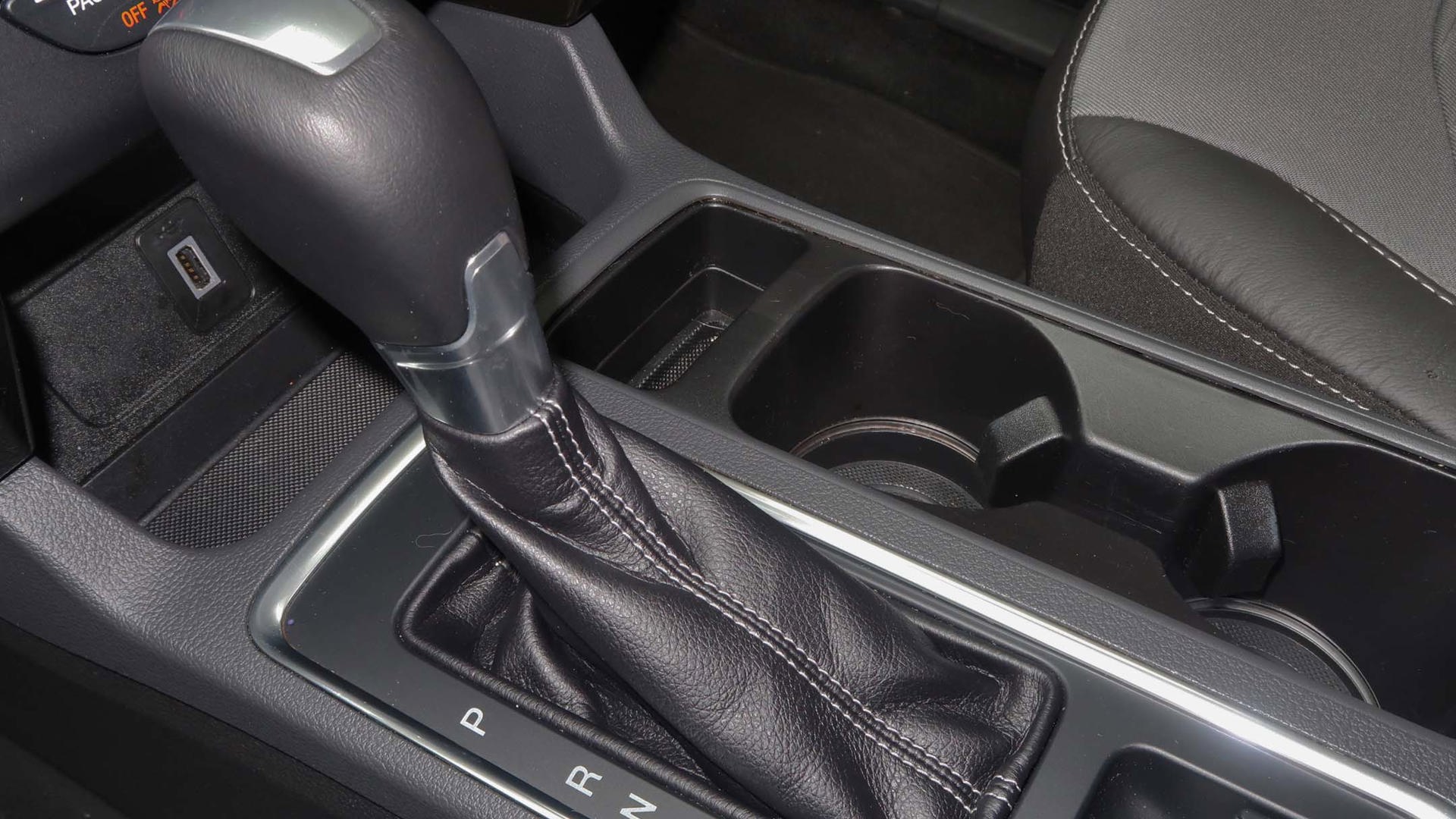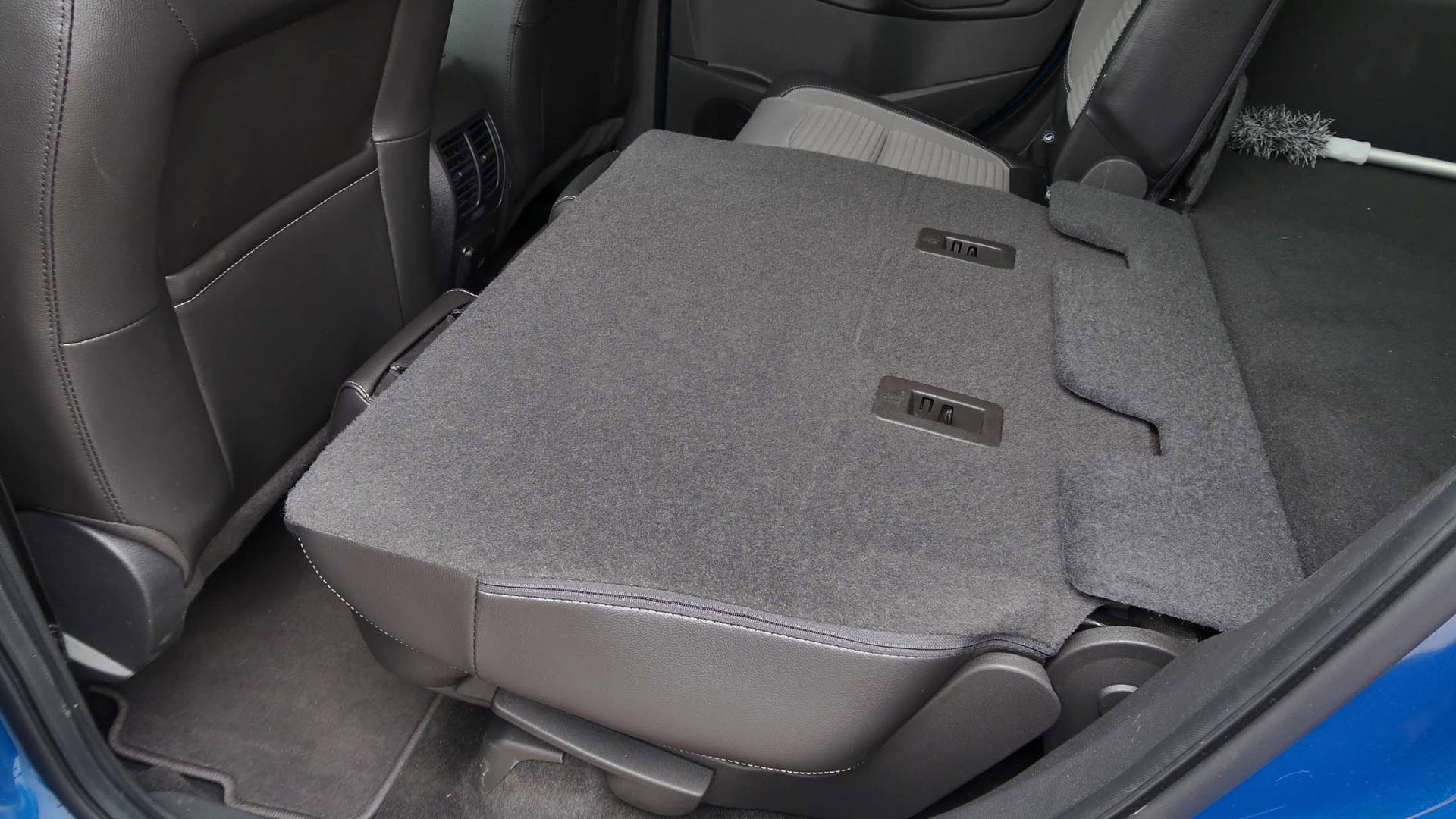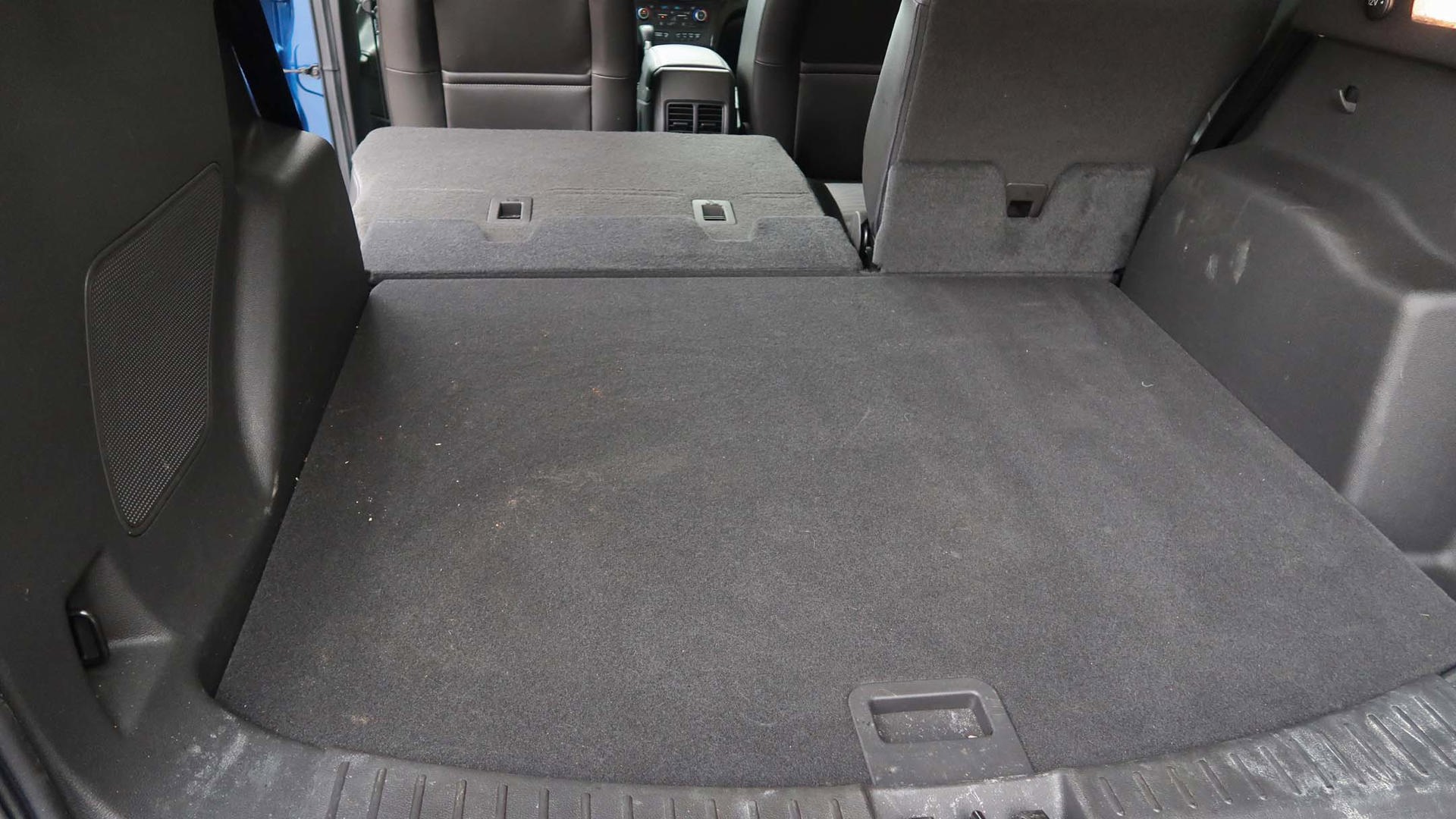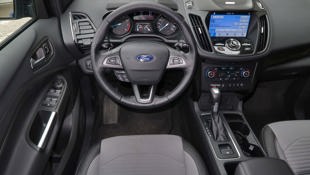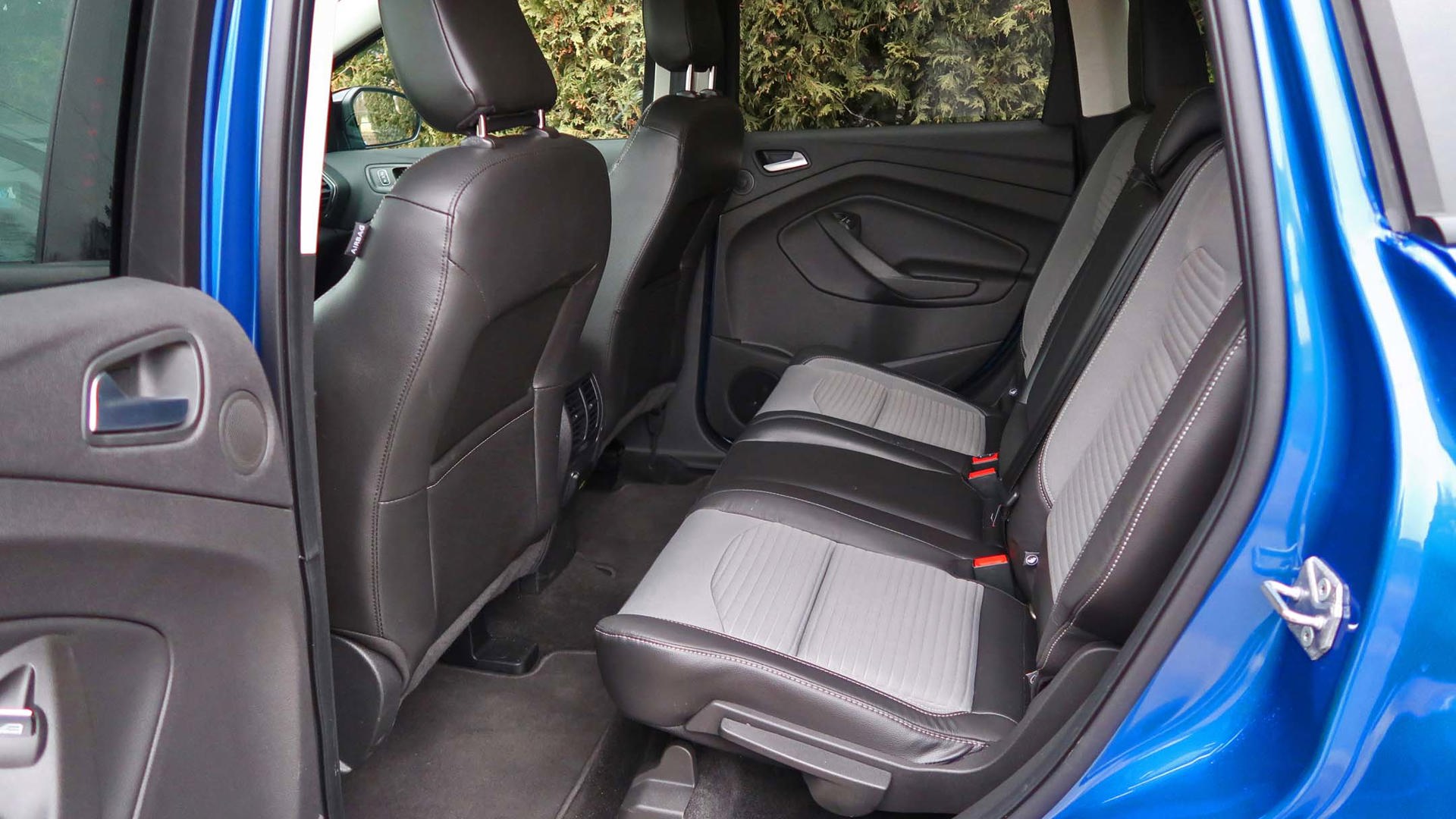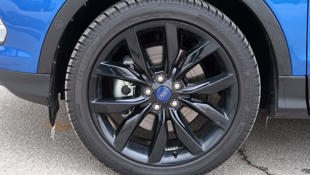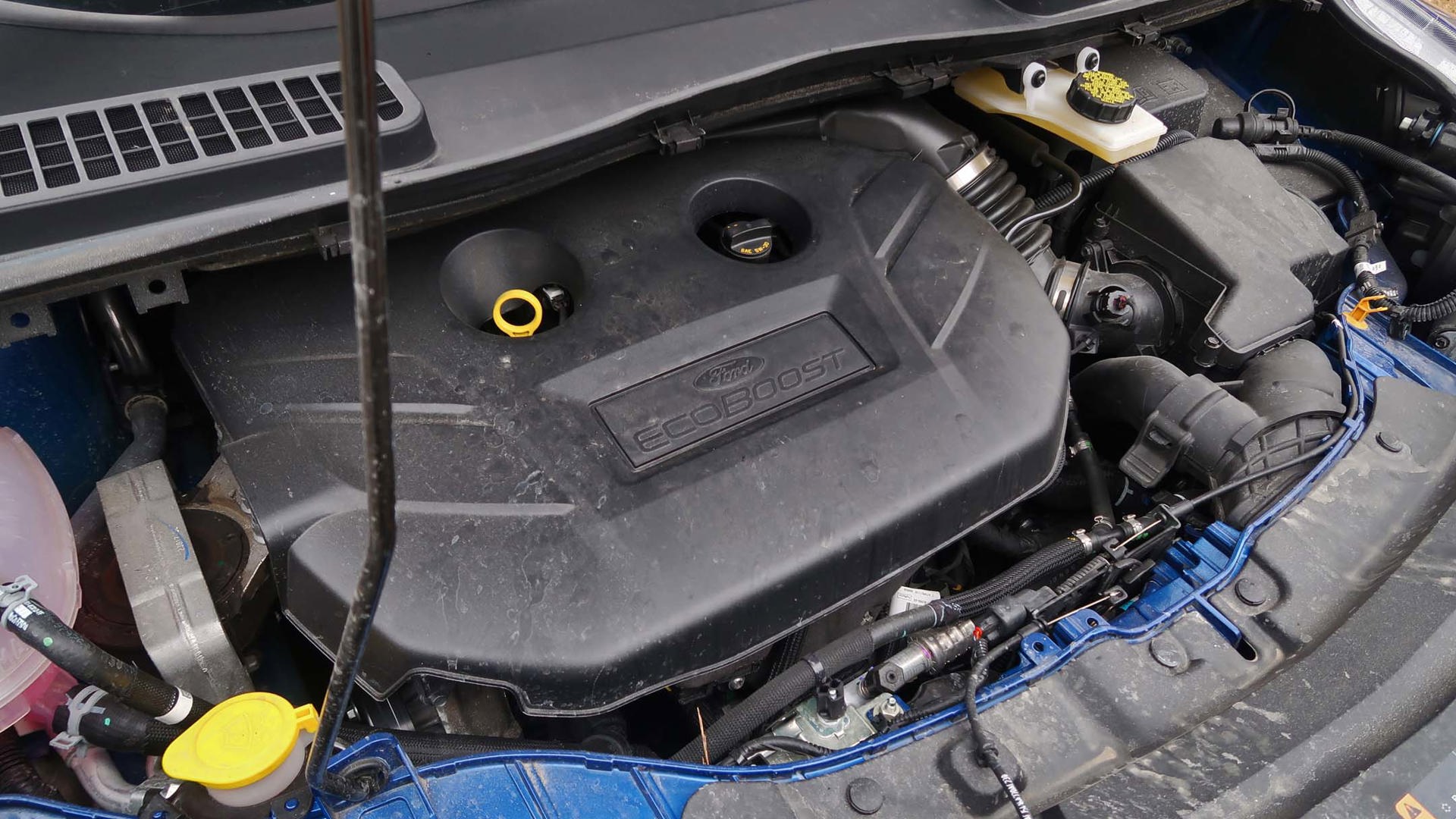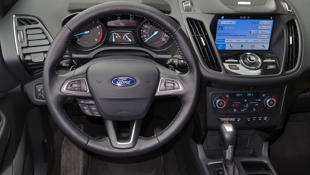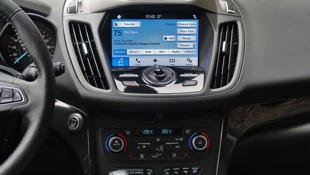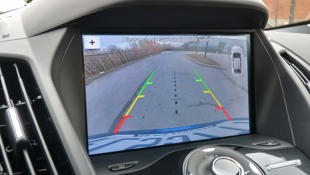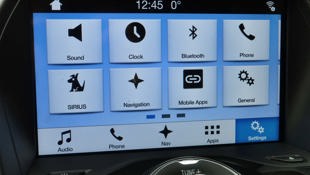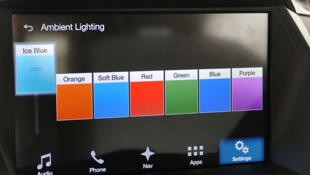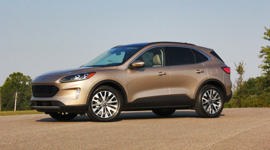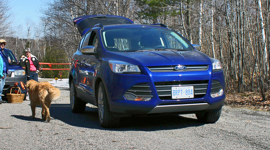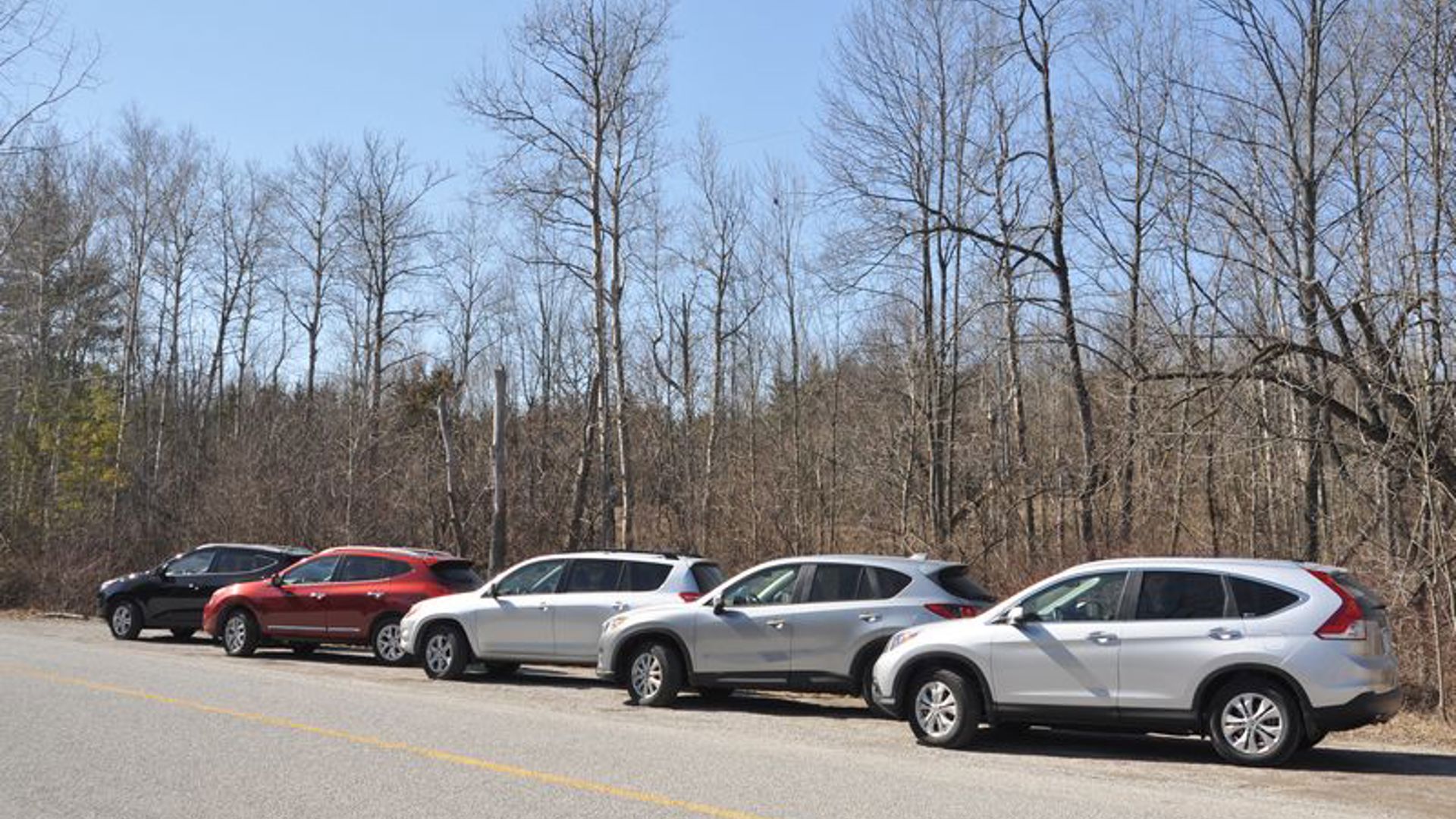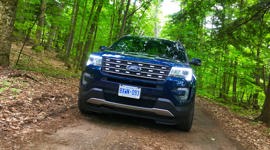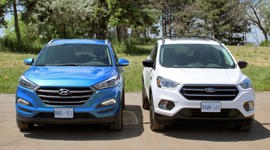 AutoTrader SCORE
AutoTrader SCORE
-
STYLING8/10
-
Safety7/10
-
PRACTICALITY8/10
-
USER-FRIENDLINESS6/10
-
FEATURES8/10
-
POWER9/10
-
COMFORT8/10
-
DRIVING FEEL7/10
-
FUEL ECONOMY8/10
-
VALUE6/10
Anyone who thinks Canada has a car culture hasn’t been paying attention. What we have is a sport-ute and crossover culture, and among them, one of the best sellers is Ford’s Escape. The nameplate’s been around for quite a while, and Ford has regularly freshened it up. It was updated in 2017 with new styling and engine updates, and this year, gets a new SEL trim level.
The 2.0L is actually a lot of engine for this little trucklet, and there’s no fear of running out of puff when merging on the highway.
It’s unusual for a compact SUV to offer more than one engine, but the Escape has three: a 2.5L four-cylinder making 168 horsepower; a turbocharged 1.5L EcoBoost four making 179 horsepower; and a 2.0L EcoBoost cranking out 245 horsepower.
Which one you get depends on the trim level. The base Escape S, starting at $26,199, uses the 1.5L and is front-wheel drive (FWD) only. The SE, starting at $28,499, uses the 1.5L in FWD or all-wheel drive (AWD). The SEL, starting at $30,199, begins with the 1.5L in front- or all-wheel drive, but can be optioned to the 2.0L. That engine comes only with AWD.
I had the top-line Escape, the Titanium trim, which comes solely with the 2.0L and all-wheel drive. It starts at $37,299, but mine was juiced with several options, including a Sport Appearance Package and panoramic sunroof, which brought it to $40,999 before freight and taxes. Despite the number of features, my tester felt a bit plain to be priced that high.
Big power in a little trucklet
The idea behind EcoBoost is to use a smaller-displacement engine that provides fuel efficiency when you’re light on the throttle, and larger-engine power when it’s needed. The 2.0L is actually a lot of engine for this little trucklet, and there’s no fear of running out of puff when merging on the highway. The twin-scroll turbo spools up quickly and smoothly, and there’s no waiting for the power to kick in.
The go is delivered through a six-speed automatic, and while it takes you into the taller gears as quickly as possible to maximum fuel savings, it’s smooth enough that it isn’t annoying. Pulling the shifter back another notch puts it in Sport, which holds each gear longer, but as with many of these smaller vehicles, I find it’s mostly a lot of noise and extra revs for relatively little reward. You can also use the paddle shifters to sequentially select the gears.
The engine has automatic stop-start capability, which shuts it off entirely at idle, such as when you’re sitting at a light – of course, the lights, climate, and audio continue to run. If it’s not to your liking, there’s a button to disable the system. In my week with it, I averaged 11.0 L/100 km, slightly above its published combined rate of 10.3 L/100 km.
The all-wheel drive system runs primarily in front-wheel, switching torque to the rear as needed to maintain traction. Equipped with the 2.0L, and with my tester’s optional $500 trailer-tow package, the Escape can pull up to 3,500 lb (1,587 kg).
I found the electric-assist power steering to be a bit light, and with an artificial feel to it. There’s a dead spot on-centre, and then when you move the wheel, it catches abruptly. It’s definitely not the worst I’ve driven, but it could be smoother. My tester’s Sport Package added 19-inch rims, which firmed up the ride a bit; but while you hear the bumps over uneven pavement, you only feel the worst ones. The brakes are good, with nice bite and linear stopping.
Part of my Escape’s pricier-than-it-feels issue is due to the interior, with its wide swaths of hard-plastic dash and door panels. While I’m not expecting everything to be wrapped in Alcantara at this level, more soft-touch surfaces would be appreciated. That said, I do appreciate the heated steering wheel, my new gotta-have-it feature.
Features – and quirks – abound
The Escape is a small vehicle, and while there’s enough legroom in the front seats, the rear less so. Those in the second row should be fine if those in front are short-legged, but if you put the front seats all the way back to the end of their travel, it’s a very tight squeeze. The payoff for this is a decently sized cargo compartment, and the rear chairs fold flat for even more tote-it-home space. The SEL has a power liftgate, but the Titanium one-ups it with a hands-free feature that’s activated by a kicking motion under the rear bumper.
The infotainment controller used to be MyFord Touch, an annoyingly fussy system where you tapped (and tapped and tapped) the corners of the touchscreen to access the music, connectivity, and other functions. It’s been replaced with Sync 3, a much better method but still not perfect. Its icons are large and easy to accurately tap, but the ones that take you to the functions, including the Titanium’s standard navigation system, are at the bottom of the screen, which is tucked into a little shelf and which makes it awkward to reach them. Yes, there’s a joystick controller that moves you between some of them, and yes, there’s also voice control for many of the functions, but really, every method should be dead-easy to access.
The minor annoyances continue. While the climate controls are straightforward, you tap a button on one side of the centre stack to turn the fan up… and then you have to move to the other side of the stack to turn it down. These should be side-by-side, or even better, controlled by a single toggle or dial. Meanwhile, the cruise control’s on/off and set buttons are easily accessible without taking your hand off the wheel, but the cancel/resume button – the one you’re most likely to use, and quite often want to reach quickly – is the toughest to reach.
Adaptive cruise control is an option, part of a $1,195 Safe and Smart package that also adds emergency brake support, automatic high-beams, lane-keeping system, rain-sensing wipers, and blind spot monitoring. My Escape didn’t have that, but it did have integrated convex spotter mirrors, which did a great job of improving the view alongside.
My Escape could park itself, either in a perpendicular or parallel spot (and from that, could drive itself out too). As with pretty much any of these I’ve used, it had its moments. It let me drive past a number of open spots before it finally picked one, and on its first attempt at backing in, came way too close to the vehicle alongside, and had to go forward and try again. Like every one I’ve used, it’s more trouble than it’s worth, taking much longer than simply doing it yourself. (And if your vehicle parks better than you do, go to a parking lot and practice practice practice. Don’t let a machine show you up.)
Conclusion
Overall, I’d probably end up bypassing the Titanium and getting the Escape in SEL trim, swapping out that model’s base 1.5L for the 2.0L, which also adds the all-wheel drive, for a much more palatable total of $33,599. Despite my complaints, the Escape remains a contender in this crowded compact sport-ute segment, thanks to its strong engine and list of features. It’s well-sized, it’s comfortable, and even though the competition is strong, it can hold its own against them.
| Engine Displacement | 2.0L |
|---|---|
| Engine Cylinders | I4 |
| Peak Horsepower | 245 hp @ 5,500 rpm |
| Peak Torque | 275 lb-ft @ 3,000 rpm |
| Fuel Economy | 11.5/8.8/10.3 L/100 km city/hwy/cmb |
| Cargo Space | 962 / 1,925 L seats down |
| Model Tested | 2018 Ford Escape Titanium Sport |
| Base Price | $37,299 |
| A/C Tax | $100 |
| Destination Fee | $1,790 |
| Price as Tested | $42,789 |
|
Optional Equipment
$3,600 – Panoramic roof $1,750; Class II trailer towing package $500; black roof rail crossbars $150; Titanium Sport Appearance Package (19-inch black wheels, LED signature lighting, black trim accents, leather-wrapped steering wheel) $1,200
|
|
